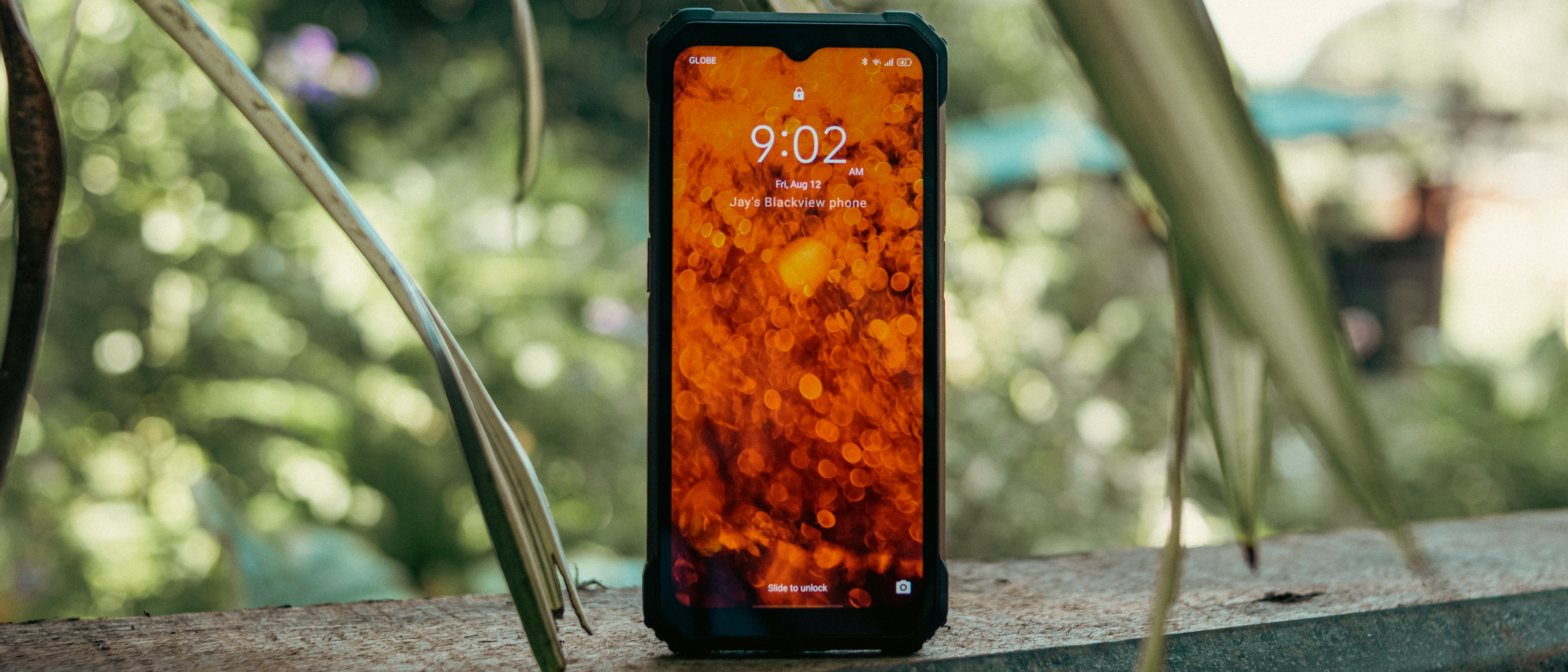Android Central Verdict
The Blackview BL8800 Pro ticks all of the boxes if you're looking for a phone that doesn't need babysitting. True to its rugged form, the device can be dropped to the ground or submerged in water and still come out unscathed. While the phone's durability and performance are impressive, its cameras are nothing to write home about.
Pros
- +
Great waterproof and shockproof capabilities
- +
Bright display for outdoor use
- +
Built-in thermal imaging
- +
Impressive battery life
- +
Remappable side-button
Cons
- -
No microSD card slot
- -
Too heavy and bulky
- -
Hit-or-miss fingerprint sensor
- -
Underwhelming selfie camera
Why you can trust Android Central
Blackview has been a household name in the rugged phone market, and for good reason. The company often hits the sweet spot of rugged phones with its BL and BV lines. These are super-tough devices that are competitively priced, although some corners were cut to make them durable at the expense of internal specifications.
The company is back with yet another durable slab of glass that looks tough to smash. The Blackview BL8800 Pro is one of those phones that you can toss off a stairwell and survive. It targets those who need a rugged piece of tech in harsh work environments.
Like a typical rugged phone, Blackview's latest entry to this segment isn't likely to win a beauty contest. It looks beefy, aiming for maximum durability by resorting to the bulky hardware commonly found on many of the best rugged Android phones.
Blackview BL8800 Pro: Price and availability
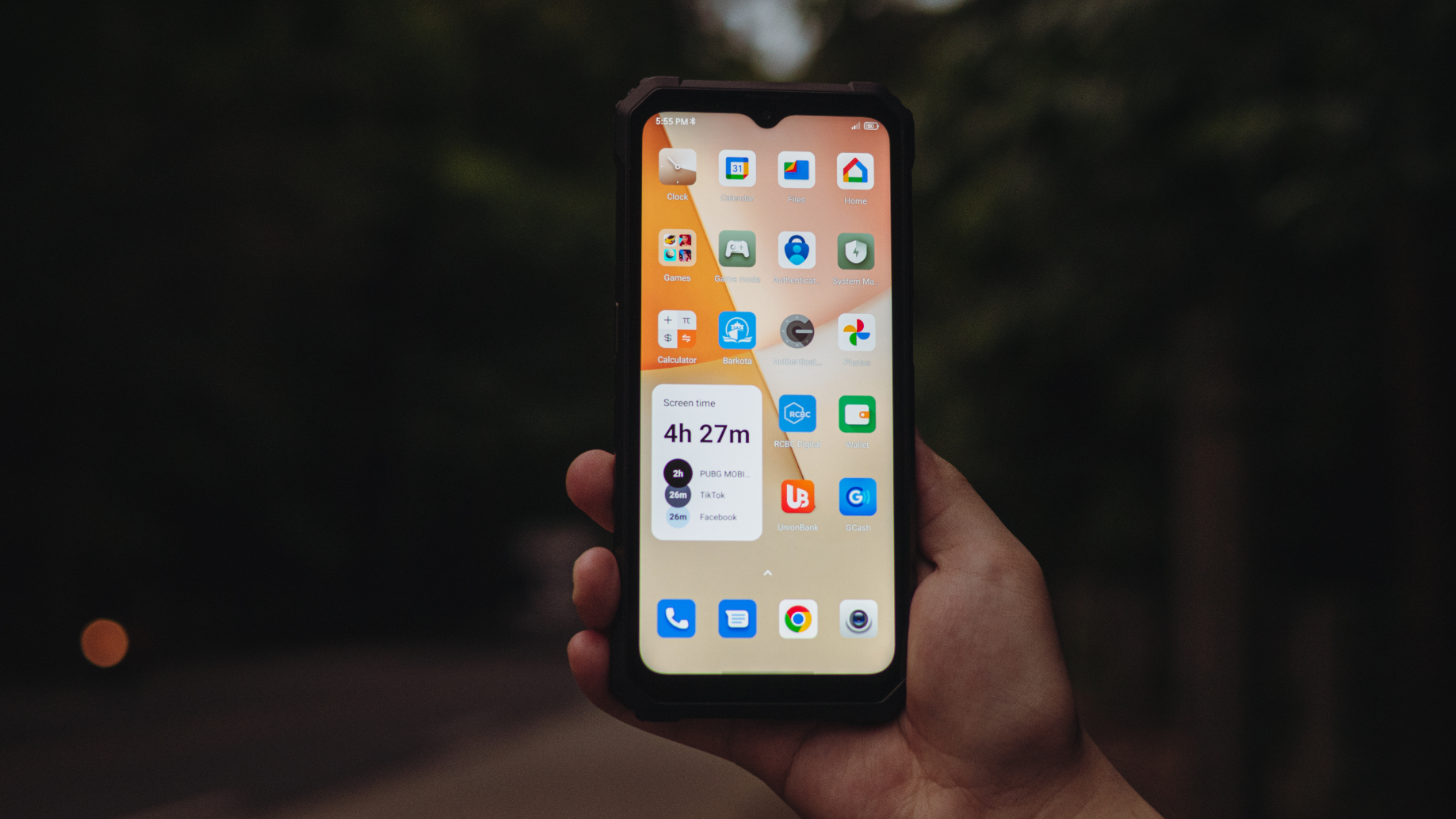
The Blackview BL8800 Pro launched in May alongside its non-Pro variant. It costs $400 in the United States, but you can save $10 by applying the coupon code discount01 when you purchase one via Hekka. In the UK, the phone retails for £383.
In addition, the device is available to buy via major online storefronts like Amazon. It comes in three colors: black, orange, and green. Its pricing falls in line with mid-range devices. Unfortunately, it is only available in a single memory configuration (8GB of RAM and 128GB of internal storage).
Blackview BL8800 Pro: What I like
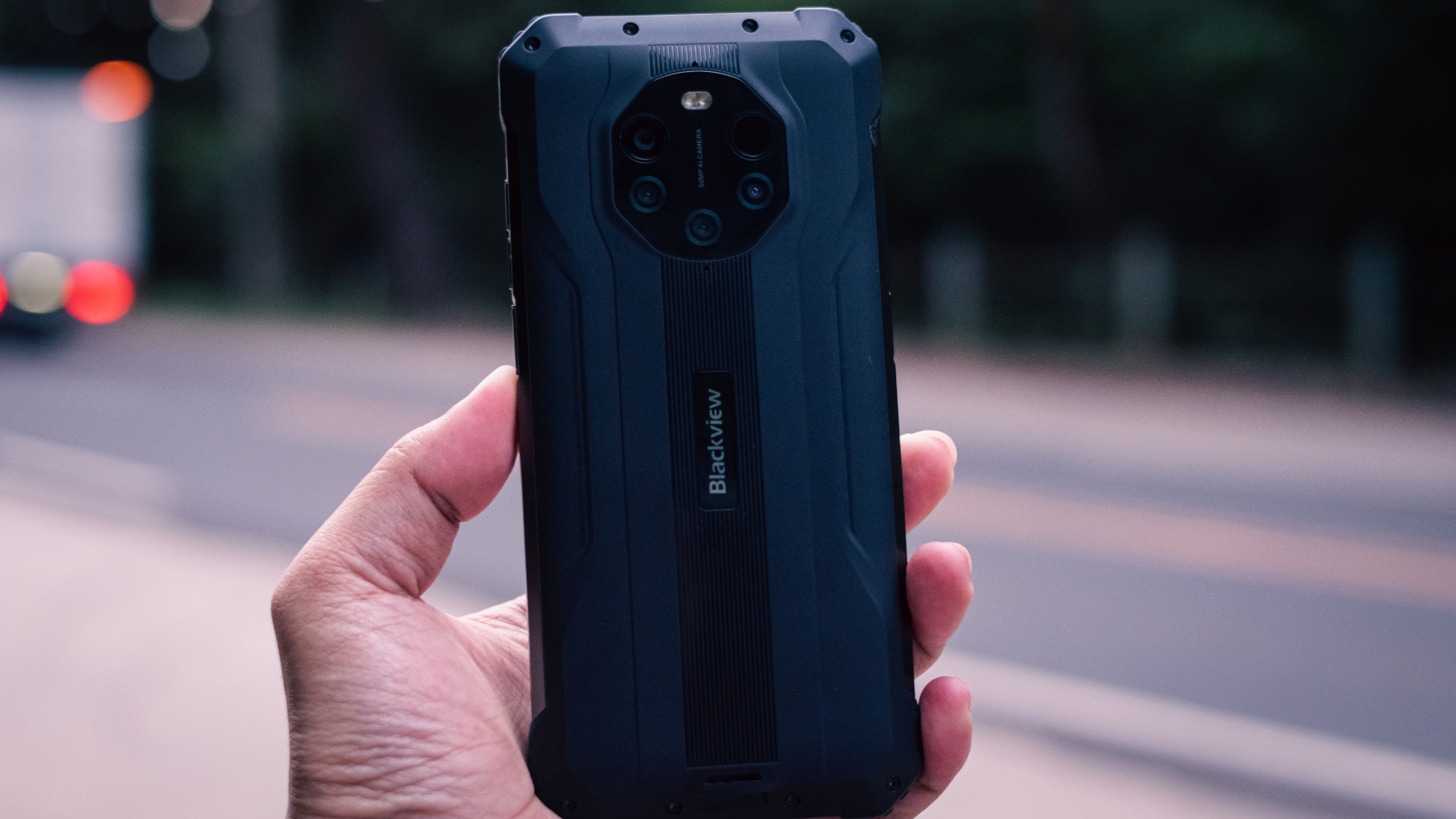
There’s a lot to like about the Blackview BL8800 Pro, starting with its hardware. Blackview did a great job of cramming decent hardware into the phone and making it tough at the same time.
The phone has rubberized aluminum side rails. The rubber coating extends all the way to the four corners, the base and top, and the rear. Its USB-C port appears secure in its location, thanks to the rubber flap's protection. It feels heavy (12.95 ounces) and big for average hand size, but it's also what makes the phone reassuring durability-wise. You'll also find an anchor point at the bottom for a lanyard.
The Blackview BL8800 Pro has passed through the usual standards for protection, including the MIL-STD-810H military standard. This means it can withstand drops, vibration, extreme temperatures, rain, humidity, and other harsh conditions. It also has an IP68 rating for protection against dust and water submersion up to a depth of 1.5 meters for up to 30 minutes.
The phone is designed to withstand drops, immersion in water, inclement weather, and other hazards.
All of this ensures that the phone can withstand any amount of wear and tear. However, there is no better way to confirm these claims than to put the phone through its paces. I threw the phone around my backyard, dropped it on a pile of gravel, and submerged it in a pail of water to see how tough it is. It emerged unscathed from these ordeals.
Unlike regular phones, its camera lenses and LED light are all protected by an octagonal glass surface. This leaves you worry-free especially if you've got slippery hands and often find yourself losing grip on your handset.
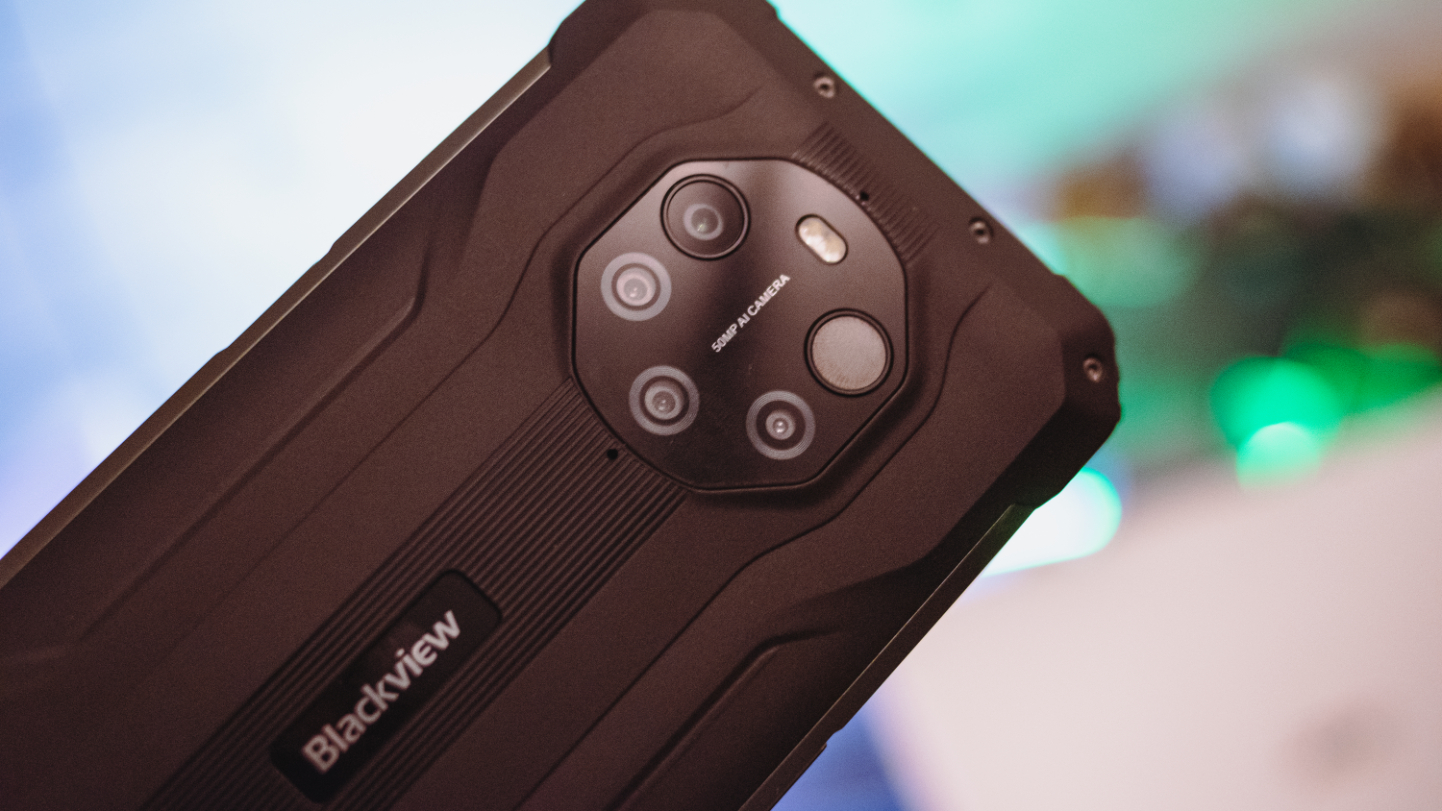
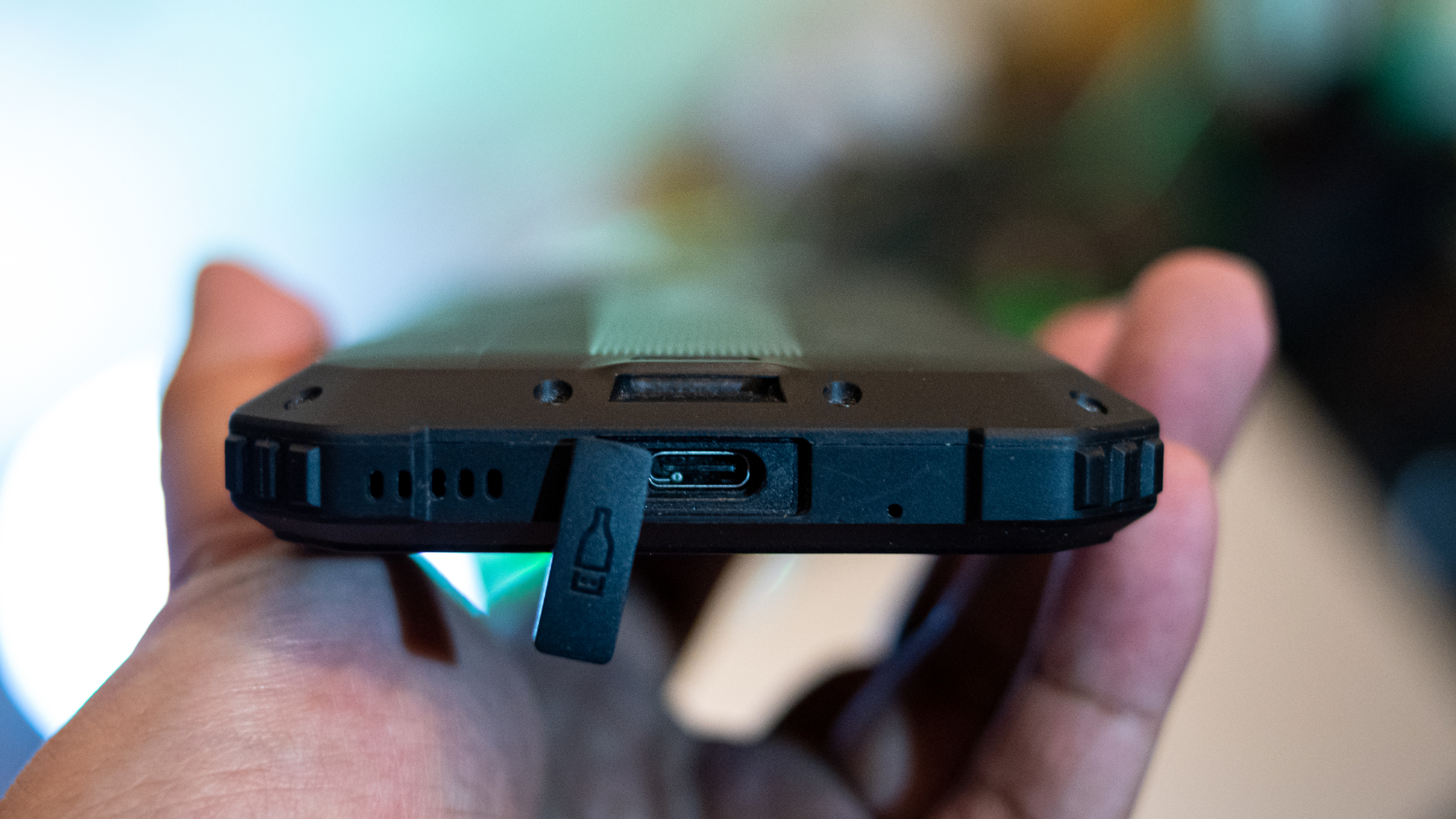
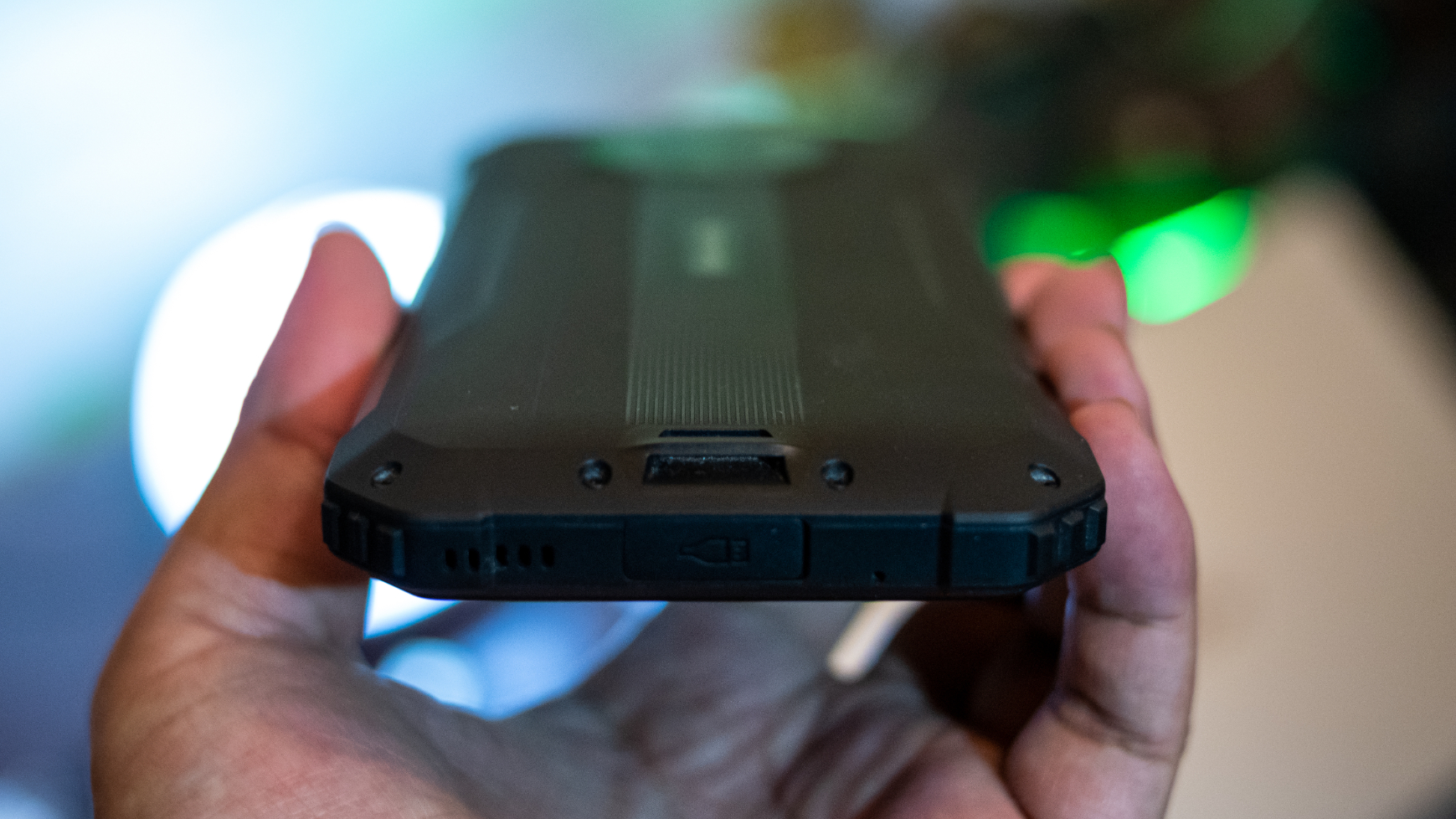
At its core is MediaTek's 7nm-based Dimensity 700 chipset. The mid-range processor is more than capable of handling any task that you throw at it. During my two weeks of testing, I didn't encounter any frustrating lag when switching between apps or playing games like PUBG Mobile and Genshin Impact. Speaking of games, the phone is excellent at keeping its temperature low while running any of the best Android games for hours on end.
| Category | Blackview BL8800 Pro |
|---|---|
| Operating System | Doke OS 3.0 (Android 11) |
| Display | 6.58-inch FHD+, IPS LCD (20:9) 480 nits |
| Processor | MediaTek Dimensity 700 (7nm) |
| Memory | 8GB of RAM |
| Storage | 128GB |
| Rear Camera 1 | 50MP primary |
| Rear Camera 2 | 5MP thermal assisted camera |
| Rear Camera 3 | 2MP+2MP depth sensors |
| Rear Camera 4 | FLIR thermal camera |
| Front Camera | 16MP |
| Security | side-mounted fingerprint sensor, face unlock, pattern/PIN unlock |
| Connectivity | Bluetooth 5.1, NFC, 802.11 a/b/g/n/ac |
| Ports | USB-C, dual SIM |
| Battery | 8,380mAh |
| Charging | 33W wired fast charging, reverse charging |
| Protection | MIL-STD-810H military standard, IP68, IP69K |
| Dimensions | 6.94 x 3.29 x 0.70 inches |
| Weight | 12.95 ounces |
| Colors | Black, Orange, Green |
The phone's battery lasts you up to nearly two days of normal use. Blackview especially did a great job of squeezing an 8,380mAh battery into this slab of glass, keeping the lights on for more than a day away from a charger. Of course, your mileage may vary, as gaming can cause the battery to drain faster than usual.
It's also relatively fast to juice up the handset thanks to its 33W fast charging capability. Re-charging times weren’t taking forever, reaching 100% from empty in just 60 minutes, which is impressive for a phone battery this large.
Reverse wireless charging technology is also available on the BL8800 Pro, which is great for juicing up your compatible accessories when you're often spending time outside. Speaking of which, the phone has a bright display that pumps out enough brightness even under direct sunlight.
Its loud stereo speakers also deserve special mention. They are great for listening to speakerphone calls and blasting music in open spaces.
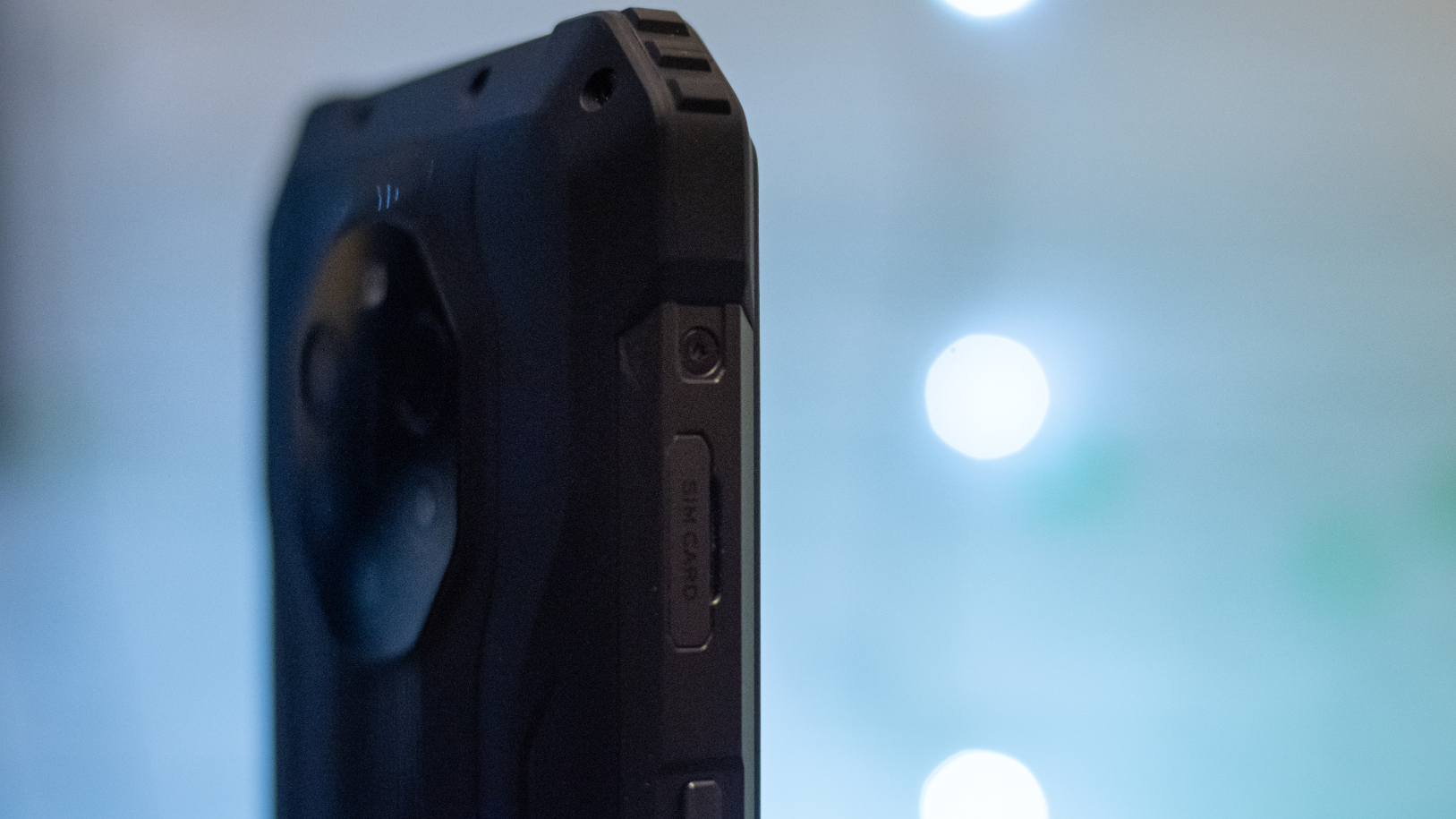
The 8,380mAh battery pushes through nearly two days of battery life on a single charge.
I also found myself using the remappable side button more often than the other buttons slapped on both sides of the phone. You can assign up to three functions and/or apps to the customizable button, each with its corresponding number of presses.
On the software side of things, the phone ships with Android 11, which runs smoothly on it. However, the OS is overlayed with Blackview's Doke OS 3.0, which comes with a few bloaty apps. Regardless, they aren't a deal breaker.
Of course, the phone's main selling point is its thermal imaging capability powered by a FLIR lens. It's accessible through the pre-installed MyFLIR app and provides a wide range of views, such as the Rainbow effect, night vision, Iron, and Lava, among others.
Each of the thermal imaging modes provides a temperature reading that indicates how hot or cold a surface is, though this does not always appear to be accurate. You can add as many reading points as you need.
Blackview BL8800 Pro thermal imaging samples
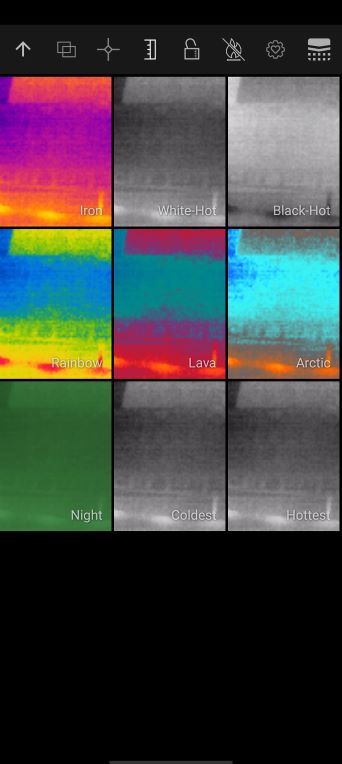
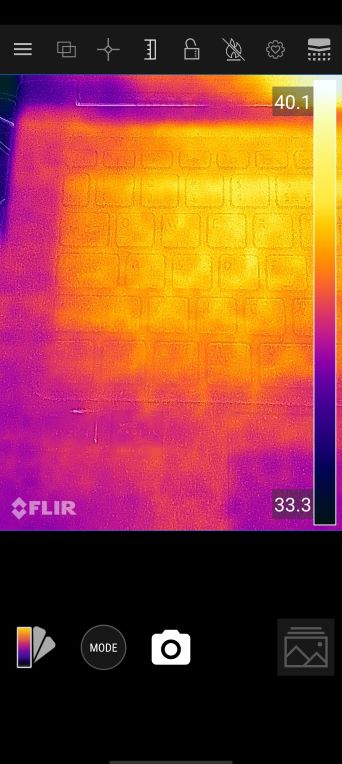
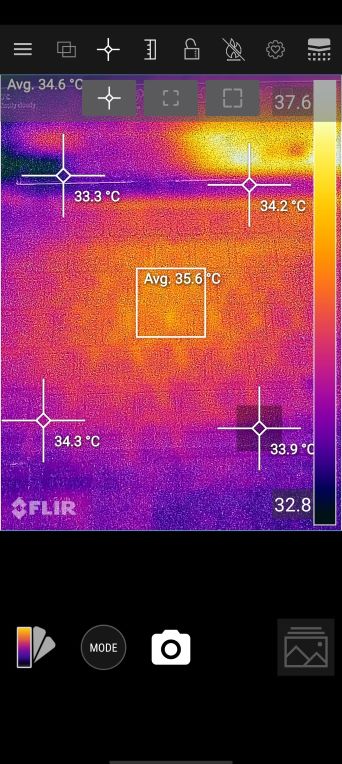
The Blackview BL8800 Pro is easier to grip thanks to its slightly curved rear, which is punctuated by an octagonal glass surface that shields the LED flash and camera sensors, which brings us to one of the phone's major drawbacks.
Blackview BL8800 Pro: What I don't like
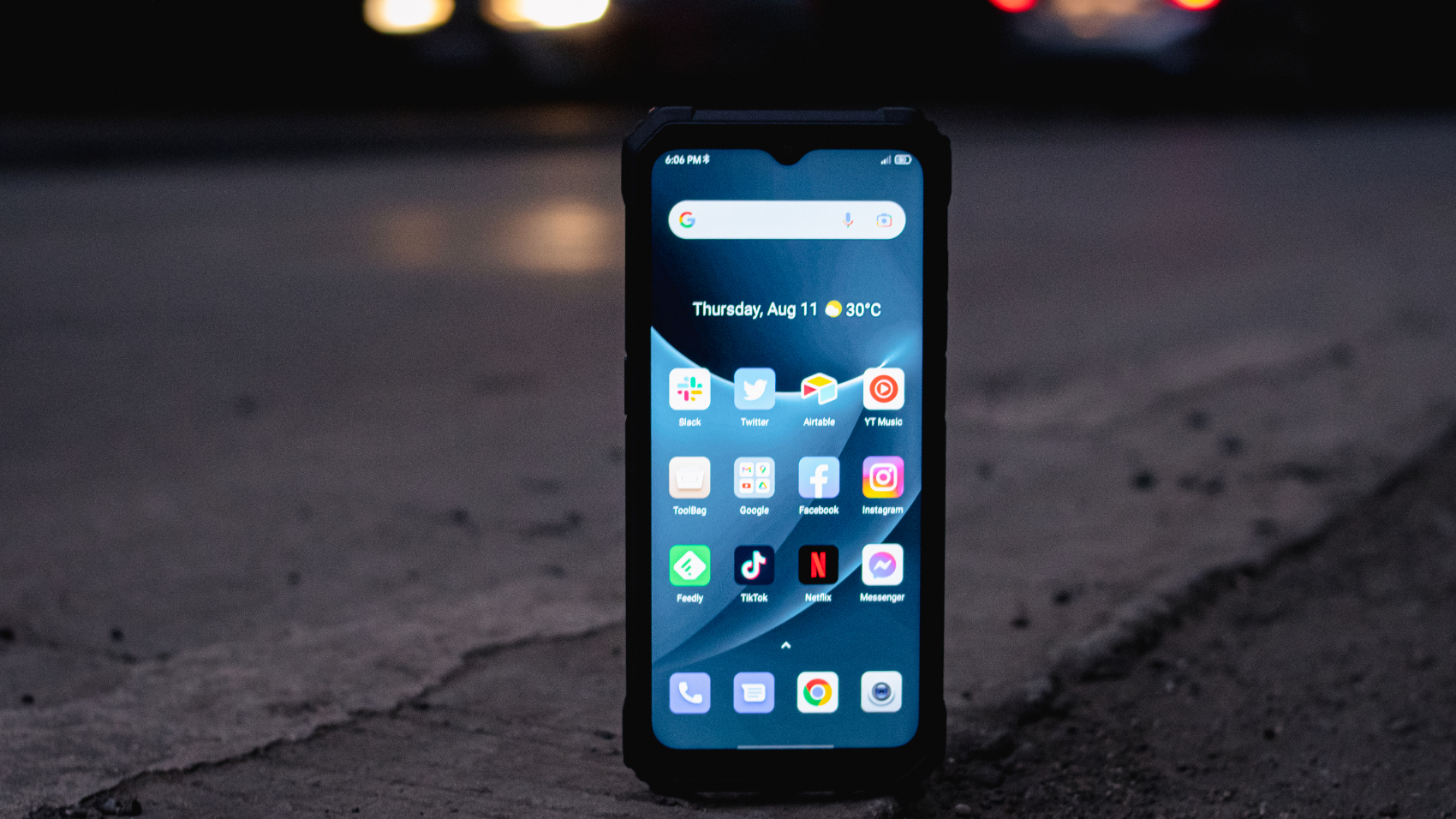
The Blackview BL8800 Pro has a lot going for it, but some corners were cut in the camera department. I should point out that this is only one of a few small things holding the phone back, but it's worth discussing anyway.
At $400, you'd expect a set of phone cameras that are up to par with the competition. And while the phone's quad-camera setup isn't bad for the category, it does leave a lot to be desired. The main shooter boasts a 50MP sensor at f/1.8 with autofocus, coupled with 5MP thermal assisted camera and two 2MP depth sensors.
The photos I've taken with my phone have been, to put it mildly, average, and occasionally unimpressive. The photos were often washed out, and I noticed a lack of detail here and there. The 50MP camera gets the job done, but still falls short in low light settings. Although video recording is capable of up to 2K resolution, it is limited to only 30 frames per second, which is a shame given the price.
Blackview BL8800 Pro main camera samples
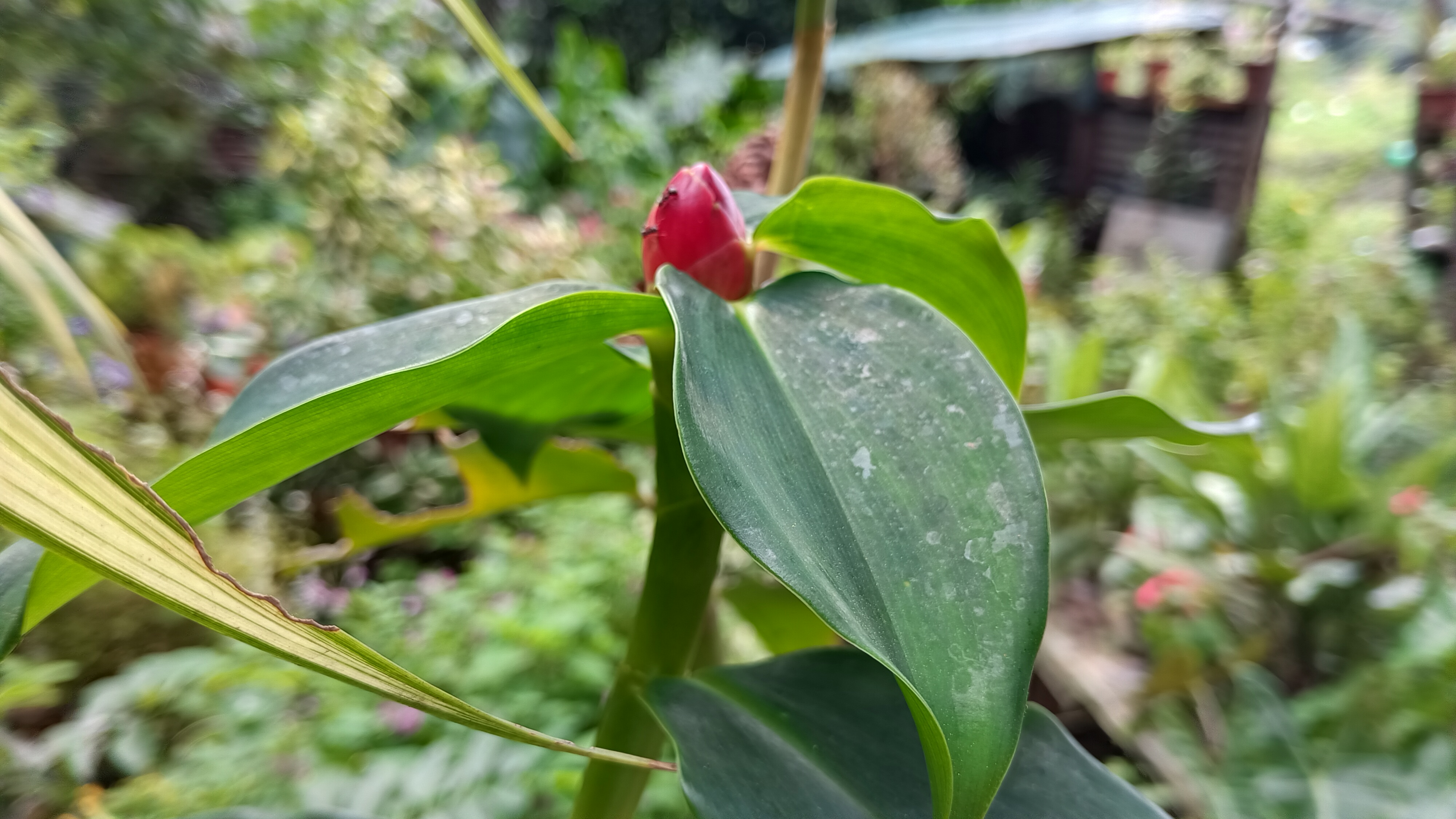
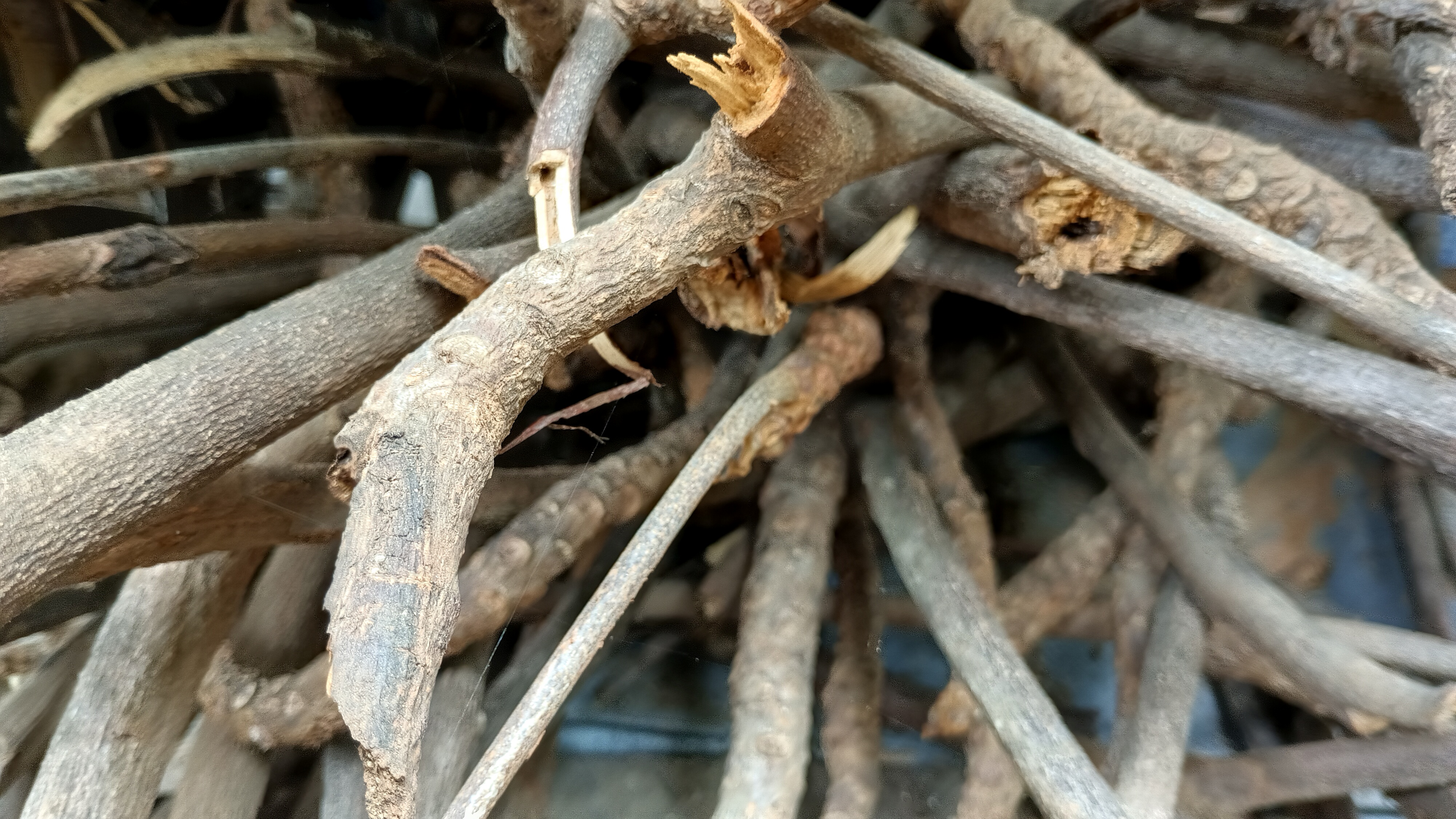
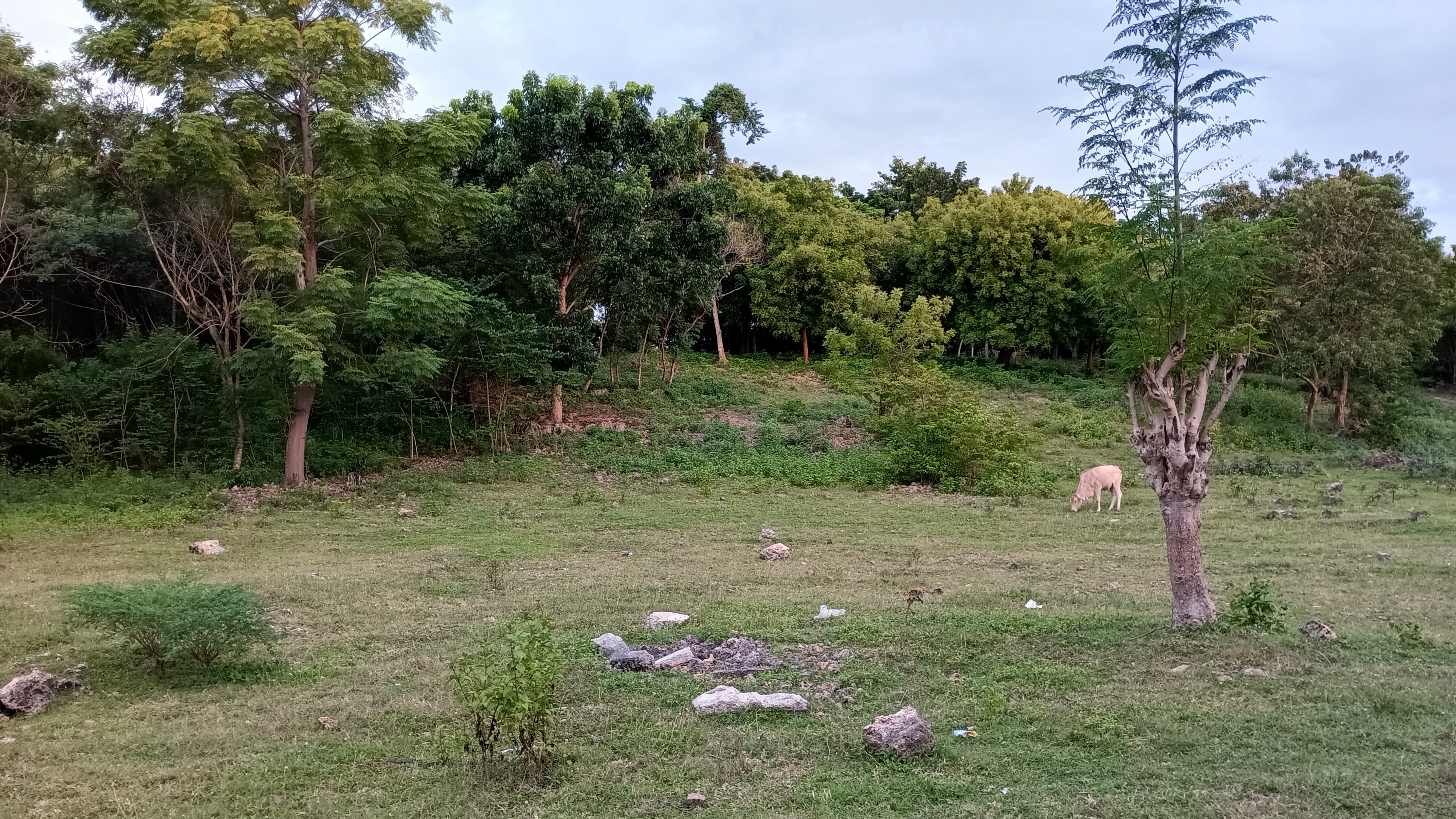
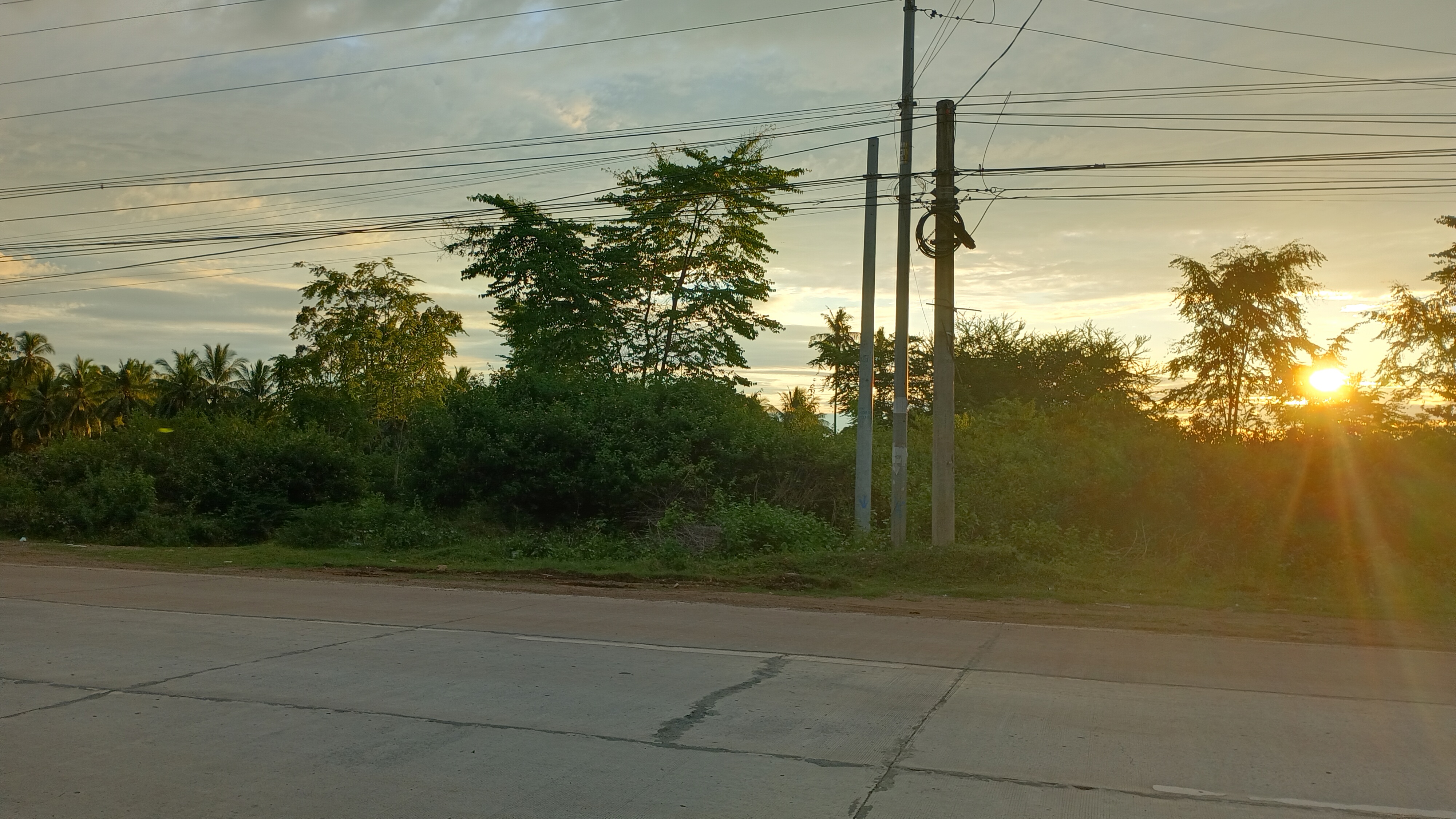
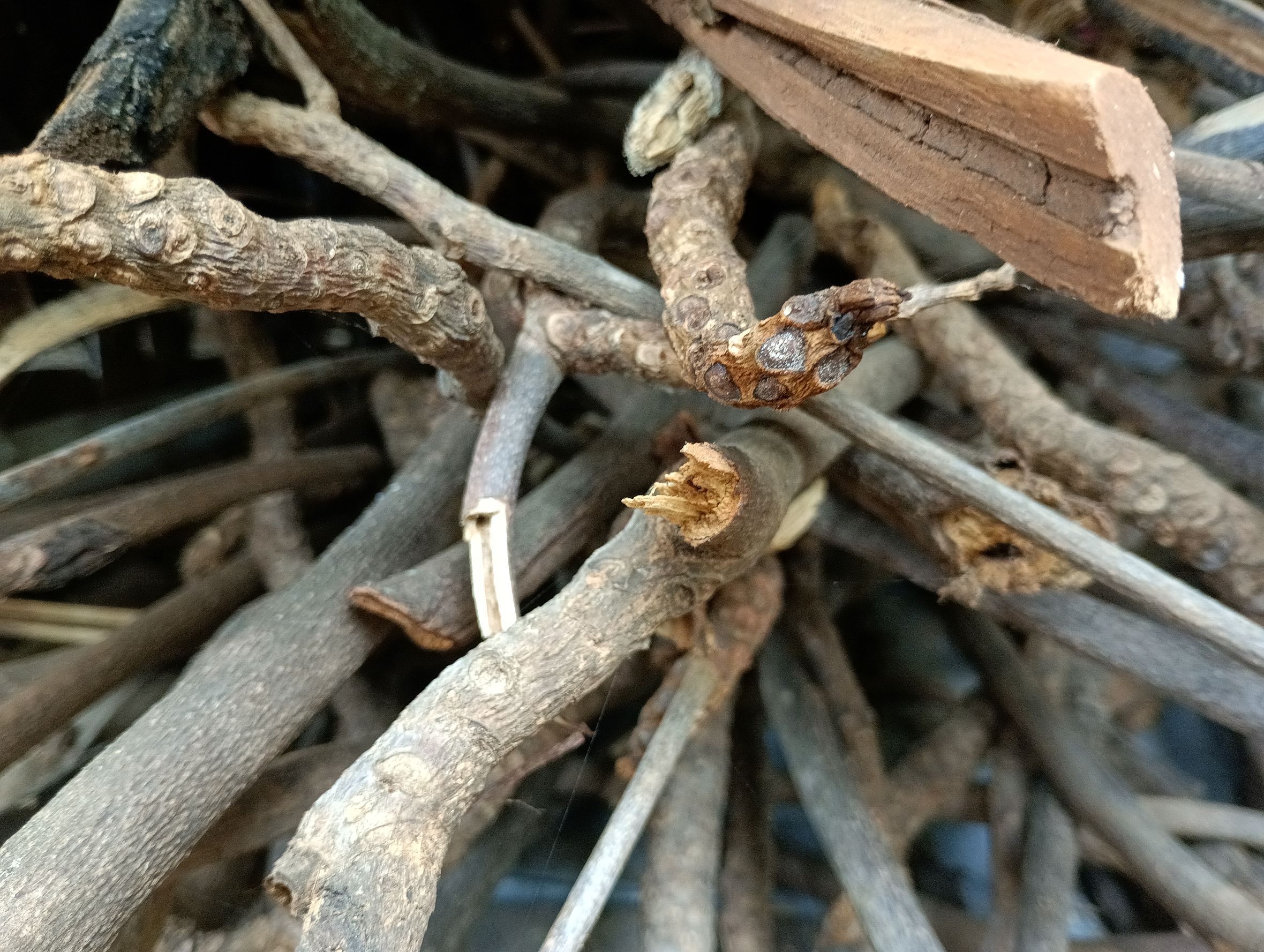

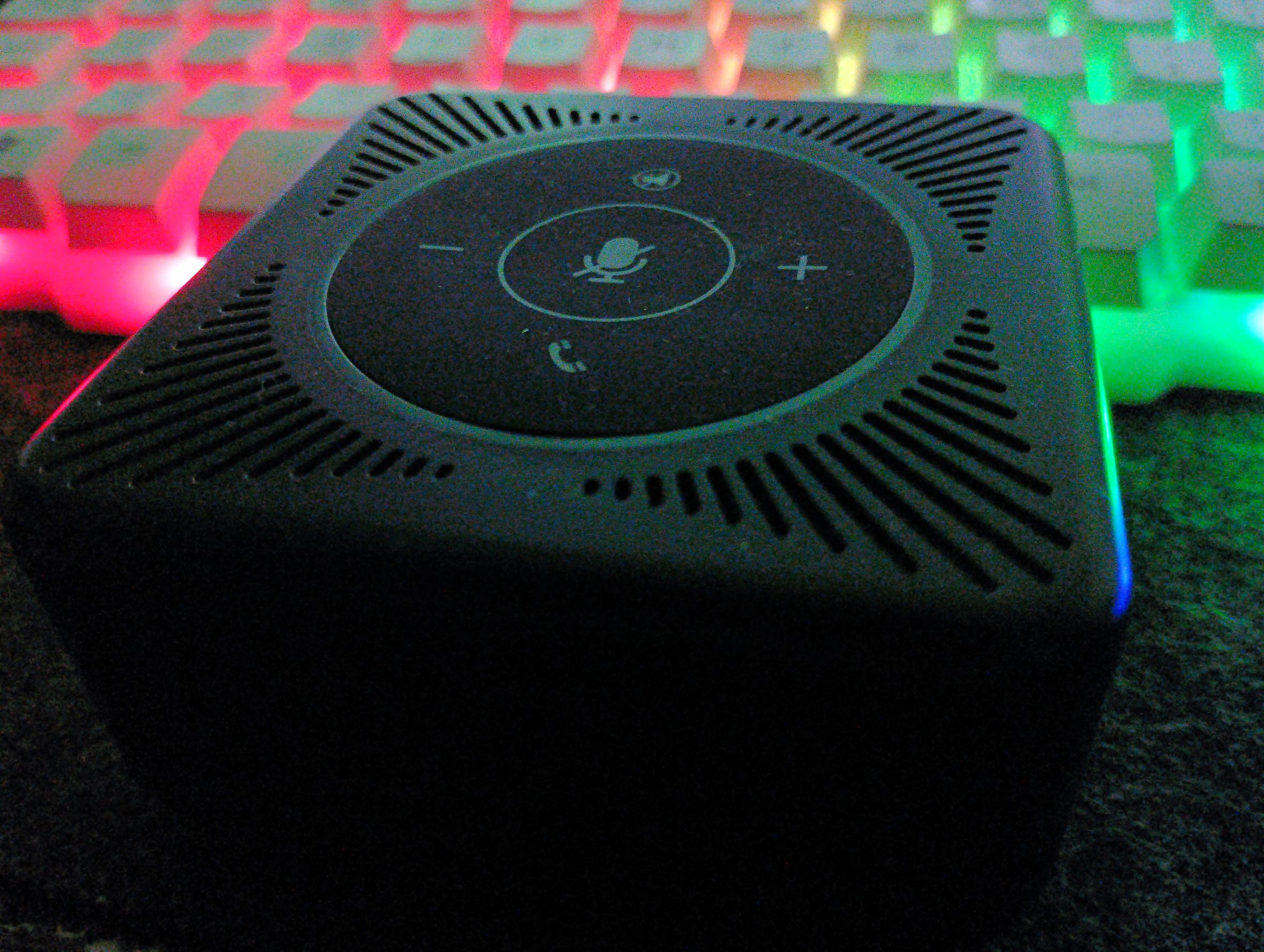
The elephant in the room is the phone's front camera. It's just plain underwhelming, and there's a significant loss of detail. Image sharpness is also compromised, as evidenced by my sample photo above.
At $400, the phone's cameras, especially the selfie snapper, are a letdown.
You'd be hard-pressed to find something else that matches your requirement if you're into selfies a lot.
The lack of a microSD card slot is another tradeoff. If you take a lot of photos and videos, the phone's internal storage capacity of 128GB will be a challenge.
Then there's the fingerprint sensor. The scanner is built into the power button on the right side of the phone, and it’s simply not up to snuff. Unlocking the device using this feature is a hit-or-miss situation. You’re better off using a PIN or face unlock to secure the phone.
While I appreciate the phone's reassuring weight, Blackview’s latest midrange smartphone feels hefty in hand, partly because of its large battery. This means you shouldn't spend long periods of time watching videos on the BL8800 Pro while holding it.
Blackview BL8800 Pro: Competition
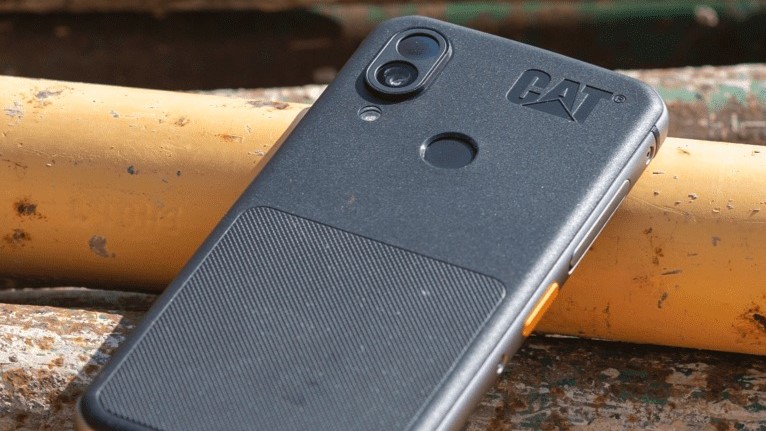
The Blackview BL8800 Pro has a number of competitors, particularly if you want something with thermal imaging. The Cat S62 Pro is a close rival, though it's a bit dated, having launched in 2020. It's also more expensive at $650.
A cheaper option than the Cat S62 Pro is the Ulefone Armor 9, which retails for $530. But then again, it's a two-year old phone that still runs on a MediaTek Helio P90 chipset.
Out of these options, I'd argue that the Blackview BL8800 Pro stands apart as a more enduring device. And if you need a specific feature such as thermal imaging or protection from extreme temperatures, then Blackview's contender is a smart choice.
Blackview BL8800 Pro: Should you buy it?
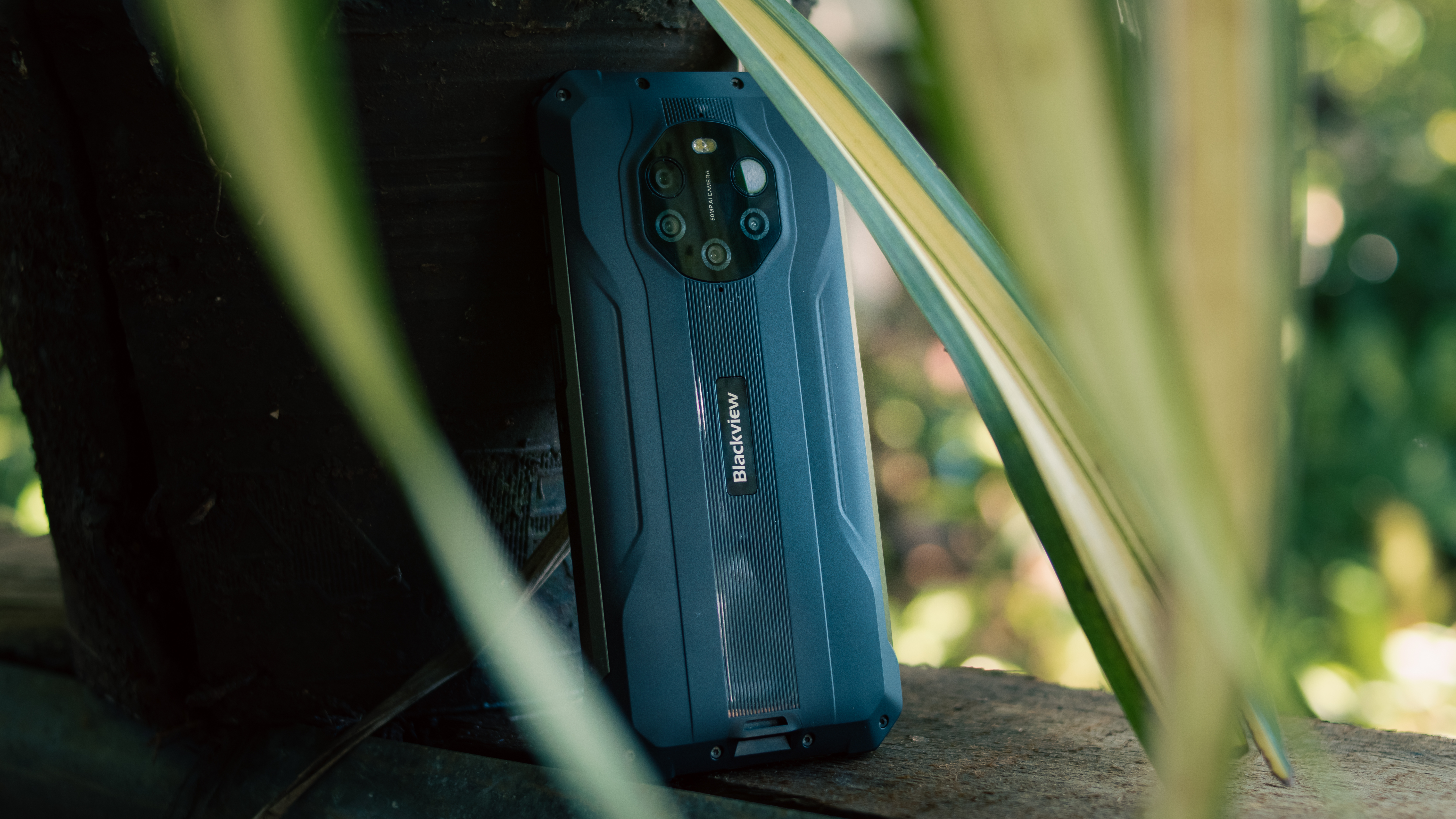
You should buy this if ...
- You work in high-risk environments such as construction sites
- You need a thermal imaging/night vision camera
- You care more about longevity than aesthetics
- You need two-day battery life
You shouldn't buy this if...
- You hate bulky, heavy phones
- You need more storage for photos and videos
- You prefer a reliable fingerprint scanner for security
- You care about good-quality selfie photos
The Blackview BL8800 Pro marks one of the vendor's successful attempts at making 5G rugged phones more accessible, although you have to put up with a few compromises in the cameras. Still, the phone covers the bases well if you're someone in the market for a rugged phone.
Blackview dialed in a good combination of durability and performance in its latest rugged device, though it has its fair share of flaws. The design is undoubtedly solid, with capable hardware to boot. The large display is bright, and the battery life is outstanding. It also has fast charging speeds and dependable 5G support.
However, I was hoping for sharper, more detailed images, especially considering the price. Where photography falls short, the phone compensates with a capable processor that can handle everyday tasks.
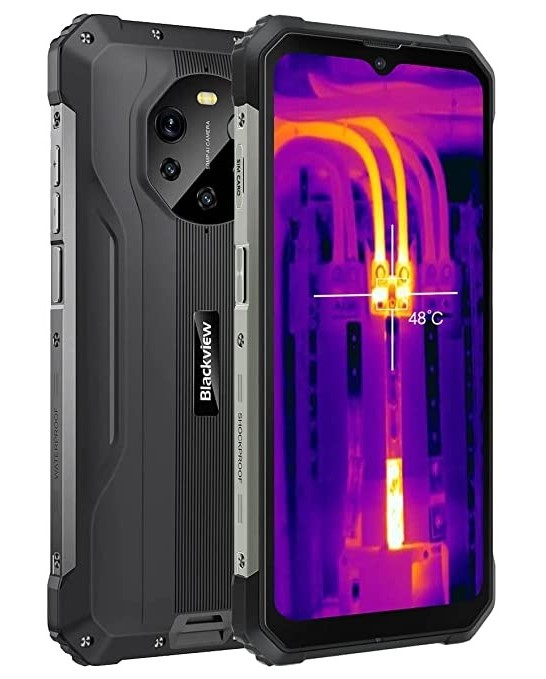
The Blackview BL8800 Pro is an excellent choice for people whose job requires them to carry around a tough piece of technology. It can withstand any amount of abuse. Furthermore, its thermal imaging is a very cool feature.

Jay Bonggolto always keeps a nose for news. He has been writing about consumer tech and apps for as long as he can remember, and he has used a variety of Android phones since falling in love with Jelly Bean. Send him a direct message via Twitter or LinkedIn.
